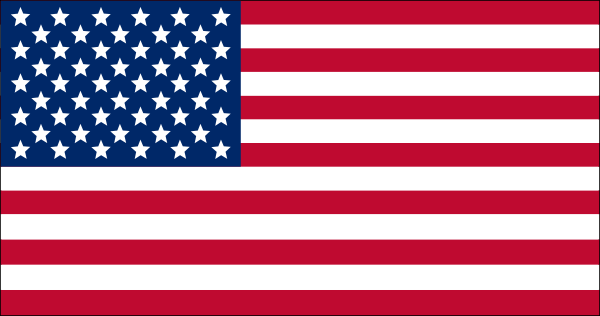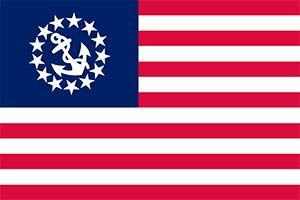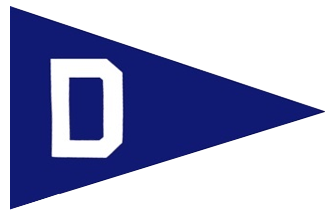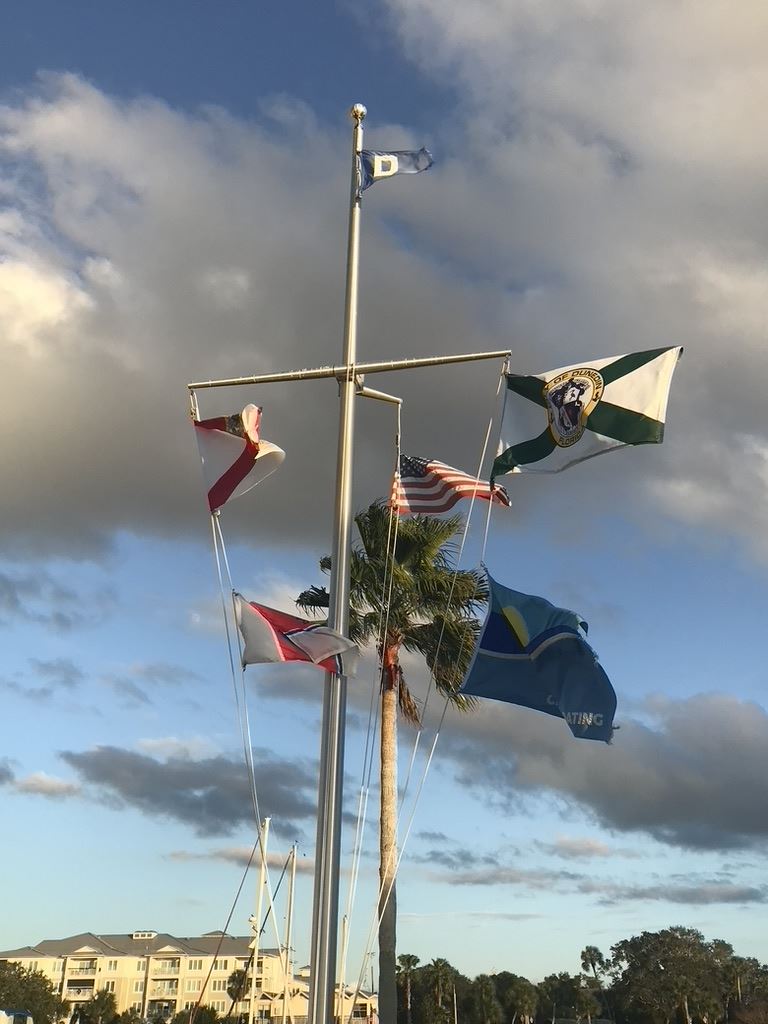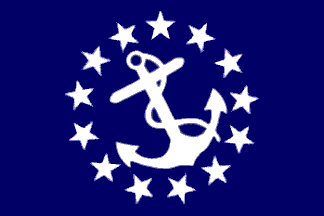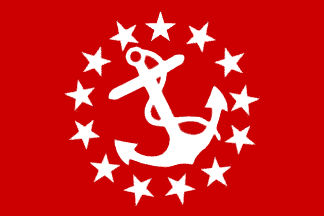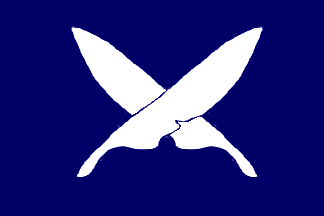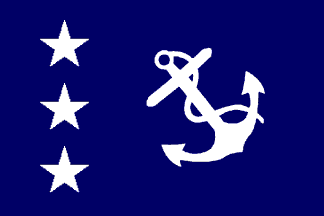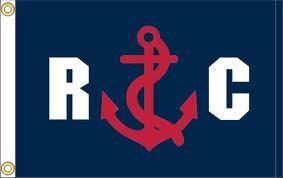dunedin boat club 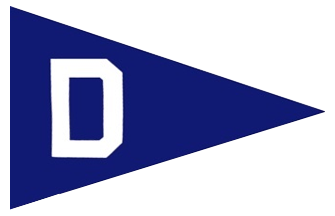
flag And BURGEE etiquetteWhen mariners started crossing the oceans, flags were an important communications tool between ships when at sea and even ashore. Lives depended on the correct interpretation of their meaning, especially on fighting ships. Today, proper use of flags is not just a way to identify vessels and boating organizations, but to give important instructions, make announcements, warn of approaching storms, and mostly to honor and keep alive the naval traditions and seamanship spirit of those sailors that preceded us. Flags have different shapes and colors depending on their function. A pennant is a flag that is larger at the hoist than at the fly and can be triangular, tapering, or swallow-tailed. A burgee is a pennant that identifies a recreational boating organization. The Dunedin Boat Club / Dunedin Marina FlagpoleWhen entering the channel leading into the Dunedin Marina, you might have noticed our flagpole on the Southside of the channel and asked yourself, "Why does the Dunedin Boat Club burgee fly higher on the flagpole than the U.S. flag? I thought the U.S. flag was always on top of the flagpole." While most experienced sailors know the answer, many power boaters and the general public often do not. Hopefully, the below explanation will clear things up for you. Flags Placement on the FlagpoleA Boat Club / Yacht Club clubhouse is traditionally considered to be a vessel and not part of the land. It is meant to have a proper flagpole that mimics the mast of a large sailing ship. In addition, many of the masts in early Yacht Clubs were real masts repurposed from a large gaff-rigged sailing vessel. The difference between a conventional land flagpole and a boat club/yacht club flagpole is the yardarm and a gaff pole which mimic the aft mast of a ship. At sea, the gaff was used to raise the mizzen (rear) sail and is the aft-most point on the vessel. Since the national ensign (the U.S. flag in our case) is meant to be flown from the aft-most point of a ship, it was flown either from a pole on the stern or hoisted on the gaff. Some ships also attached their national ensign to the leech (back edge) of their mizzen sail. The orientation of a clubhouse flagpole is also important, as it should be positioned as the mast of a ship standing out to sea (gaff pointing inland). A clubhouse flagpole often flies the burgees of the club officers, to recognize their rank and their presence at the club or vessel. The traditions of the nautical flagpole are not commonly known among the public and often generate controversy because no flag is ever meant to be flown in a position of greater honor than our national ensign. People see the club burgee flying higher than the national ensign. What they do not know is that in the naval world, the highest point of the mast is not the place of greatest honor. The place of greatest honor is the aft, hence the national ensign is flown from the gaff. Flags on Your VesselClub Burgee: Members should fly our club’s burgee on their sailing vessels from either of two locations, while underway and at anchor. The traditional location is from a two-piece swiveling flagstaff located on the foremost mast. The more common location is from a halyard under the lowermost starboard spreader. Flying a swiveling flagstaff indicates the yacht is in excellent trim because having the gear and skills to fly a swiveling flagstaff denotes a significant amount of knowledge and experience. Powerboats that do not have a mast may fly the burgee on a short staff at the bow. The burgee should not be flown while racing. United States Yacht Ensign: Another important flag for Members is the United States Yacht Ensign, the 13-star “Betsy Ross” flag with a fouled anchor in the union. While in US waters, the yacht ensign is traditionally flown on recreational boats instead of the National ensign. In foreign waters, the 50-star national flag should be flown. Owner’s Private Signal: Should a sailboat owner have a private signal flag, it is flown from the aftermost mast. Powerboat owners may fly their private signal flags on a short staff at the bow, in place of their Club burgee. Private signal flags may be flown when the owner is onboard, but not when absent from the vessel. Club Officer Flags: An officer flag is flown in place of the owner's private signal on all rigs of power and sailing vessels except single-masted sailboats, when it is flown in place of the club burgee at the masthead. On smaller power boats without a signal mast, the officer flag may be flown from a radio antenna, preferably to starboard. Exchange of BurgeesIt is a nautical tradition to exchange burgees when visiting other boat clubs/yacht clubs or entering into reciprocity agreements. Members traveling to other clubs may purchase burgees in advance from our ship store. When exchanging burgees with another club, please record the exchange with a picture that can be included in our newsletter. In these cases, it is important that any picture displays the Dunedin Boat Club burgee positioned correctly, similar to how it flies on our flag pole! Club Officers, Race Committee, and Blue Gavel Flags |
Fun Fact: "The sun's over the yardarm" (aka "It's 5 o'clock somewhere")The yardarms on a sailing ship are the horizontal timbers or spars mounted on the masts, from which the square sails are hung. At certain times of year it will seem from the deck that the sun has risen far enough up the sky that it is above the topmost yardarm. In summer in the north Atlantic, where the phrase seems to have originated, this would have been at about 11am. This was by custom and rule the time of the first rum issue of the day to officers and men (the officers had their tots neat, the men’s diluted). It seems that officers in sailing ships adopted a custom, even when on shore, of waiting until this time before taking their first alcoholic drink of the day. So there you have it, the true(?) origins of "It's 5 o'clock somewhere"! Editors Note: Ok, so the “It’s 5 o’clock somewhere” origins might be a bit of a stretch, but “The sun’s over the yardarm” part is true! |
